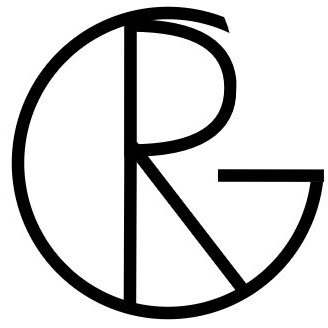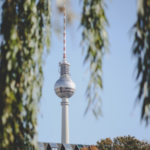At the top of fashion stand the luxury brands, known for their fashion shows all over the world. Names like Gucci, Chanel, and Louis Vuitton are well-known to most.
The popularity of luxury brands, together with the high prices, and lack of transparency has led to inadequate criticism of these brands. It is often assumed that luxury brands are more ethical, and sustainable, compared to fast fashion, due to the high prices. However, is this a fair assumption?
What is luxury fashion?
There are two kinds of luxury fashion; Prêt-à-Porter and Haute Couture. Haute couture is French for high fashion. High fashion is very exclusive and unique. The pieces are made specifically for one person, and take up to 400 hours to make. The clothing is of high quality and extremely detailed. Besides, all the pieces are made by hand. All these factors are included in the price, justifying the expense. There are several specific rules for brands to be seen as high fashion, which is why many luxury brands do not fall under high fashion.
Prêt-à-Porter translates to read-to-wear. These pieces are produced on a larger scale, in factories. They are more widely available and have standard sizing. Since the 60s Prêt-à-Porter has been seen on the catwalk during fashion shows in various cities such as Milan, New York, and Paris. The shows are less exclusive than Haute Couture and is an opportunity for new designers to show their collection.
Are luxury brands sustainable?
Due to the high prices of luxury brands, they have an image of scarcity and exclusivity. Due to this, they are assumed to be more sustainable and ethical. However, this is not necessarily the case.
Although less is bought of these luxury items, they are also worn less as most items are bought for special occasions, and are not meant for everyday wear. This makes the product less resource-efficient than for example fast fashion, which is worn every day and is produced in mass.
The materials that are used by luxury brands are often not sustainable unless the brand specifically focuses on sustainability. This is because as long as the consumers of luxury fashion do not necessarily desire sustainable products, luxury brands will not feel the urge to change the materials they use.
Silk, leather, and fur are seen as luxury materials, however for the production of these products many animals are killed thus making them unethical. As for the sustainability aspect of these products. Leather is a byproduct of the meat industry.
Thus one might argue that unless the meat industry completely disappears it would be wasteful to not use the skin of the animals for leather. Silk is a natural fiber that is biodegradable. It needs little pesticides or fertilizers.
However, the processing of the raw fiber to the actual materials has a bigger environmental impact than most other fibers. As for the sustainability of fur, it is easier to say. The fur comes from mink, foxes, and beavers amongst several other animals. These animals are often held on farms specifically for their fur. It costs a lot of lands, energy, food, and water to grow these animals, and other than the fur nothing is used. This makes fur a very unsustainable material compared to leather, and silk.
Something that also should be talked about is how many luxury brands burn excess inventory in order to maintain their high prices and keep their products scarce. This is a massive waste and has detrimental effects on the environment.
Another sustainability issue is that many brands are guilty of greenwashing their brand. Greenwashing is when brands spend a lot of money to convince their consumers of their sustainability policies. It is an action to cover up their unsustainable practices, such as the use of chemicals and the damage they do to the environment.
Luxury brands aren’t as perfect as they seem, but many luxury brands are working on incorporating sustainability strategies into their brand. Gucci, for example, is planning to reduce its total environmental footprint by 40 percent by 2025, and its greenhouse gas emissions by 50 percent.
Brands like Dior, Louis Vuitton, and Bottega Veneta also have plans to increase the sustainability of their brand. If you want to see how eco-friendly brands are take a look at https://goodonyou.eco/. On this website, they give each brand a rating based on the planet, people, and animals.





